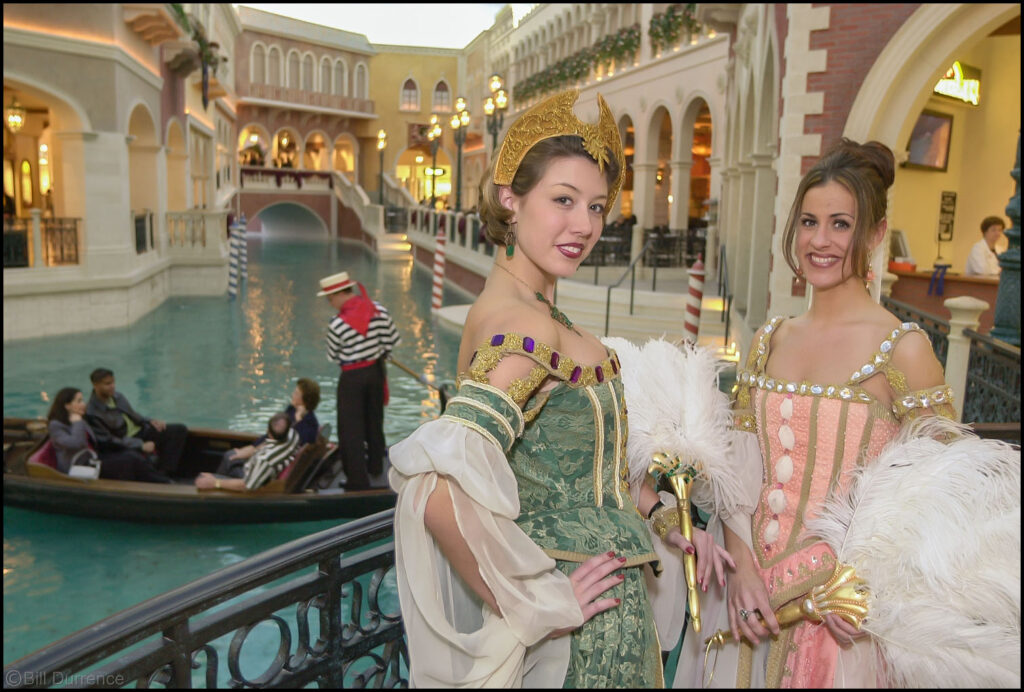Las Vegas, 2/2000

“Everybody’s got a bomb
We could all die any day, aw
But before I’ll let that happen
I’ll dance my life away, oh-oh-oh
They say, 2000-00, party over
Oops, out of time
We’re runnin’ outta time
So tonight we gonna party like it’s 1999″ Prince, “1999”
Two months into the year 2000, we were fairly well reassured that Y2K issues were not going to be the end of civilization as we knew it. Some history details from Wikipedia: 1999 included the introduction of the Euro as currency, and NATO bombed Yugoslavia. I was in Serbia a year ago and, although no one was anything less than kind to me, they remember. Why not? Where I live, people are still debating a war that ended 158 years ago, and in the Middle East they continue centuries of conflict.
The Dow Jones closed at over 10,000 for the first time ever; 15 people died at Columbine High School; a tornado outbreak in Oklahoma produced the strongest winds ever measured on Earth, 301 +/- 20 MPH; da Vinci’s “Last Supper” went on display after over 20 years of restoration; and Napster was created leading to more and more social media where the concepts of intellectual property rights are “quaint.” The American Women’s Soccer team won the World Cup. Boris Yeltsin resigned as President of Russia leaving Prime Minister Vladimir Putin as acting President.
The Venetian Hotel in Las Vegas, pictured above, opened in 1999, and the camera used, a Nikon D1, was introduced that year. The illusion of Venice in the hotel design was close enough that if you didn’t think about it, you might forget the stage set. I watched people move around trying to get a better cell signal until they realized they were inside. And then you realize, this is the second floor of the hotel.
The day before the D1 was announced, the base price for a professional digital camera was about $15,000. The D1 was about $5500. Game changer. It was early in the digital photography transition. There had been some interesting point and shoot digital cameras and prototypes, but initially the digital SLRs intended for pro markets and serious amateurs were a couple of modified models of Nikon and Canon film cameras offered by Kodak and Fuji. The D1 was the first full production DSLR designed from the ground up to be digital.
The res was low (2.7 megapixels), but it used all the lenses you already had, and it was the beginning of a constant increase in improvements, with additional resolution and other features. One more bit of tech geeking out: I love wide-angle lenses like the one used here. So many people are enamored of big, fast, expensive lenses that make tight framing possible at some distance, but I like wide-angles; they are smaller, lighter, less expensive, and most importantly, they are story-telling lenses, useful for stacking up supporting information in layers of background details; you just have to be willing to get really close to the foreground subject.
For more photographs, go to https://www.billdurrence.com/index
